Encouraged with the outcome of latest earth dipole tests I decided to continue testing of those interesting antennas.
This time, however, I aimed at:
- testing the possibility to transmit in 136 kHz
- checking how a good quality electrode will impact the antenna
- confirming that an earth dipole can work effectively above the ground with low resistance
- testing an antenna of this length to be able to receive signals at the lower end HF
I used a 0.6 mm copper plated steel pole (due to cost and no alternatives available). Resistance for the pole was over 1kOhm. The cord was spread across the field lying on the grass or in the bushes at the height of 0 – 2 meters above the ground level.
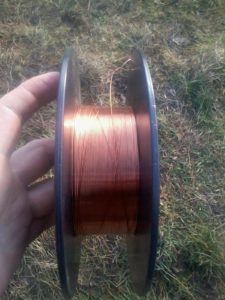
The antenna was placed max 15 meters above water at the banks. I used a nearby bridge as an electrode. The bridge’s dimensions:
- 982,5 m long
- 18,6 m wide (the deck was 12 meters)
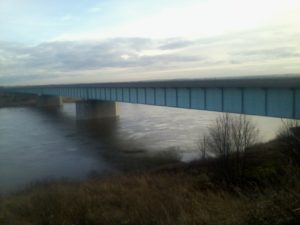
This bridge was restored in 1950, that’s why I doubt that after 68 years all elements are well grounded. A 10mm wide and over a dozen meters long aluminium strip was dipped in water and served as the other electrode. The entire antenna including the bridge was ca. 3 km.
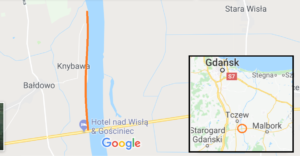
Specifications:
- 50-250kHz antenna impedance was 800Ω
- the resistance of the bridge at 70Hz was below 1Ω
- the resistance of the antenna for DC was over 1kΩ (1000Ω)
- the resistance between the antenna and the ground for DC was ca. 80kΩ (80000Ω)
- the resistance of entire antenna for DC was ca. 2kΩ (2000Ω)
This is how it worked at LF and MF
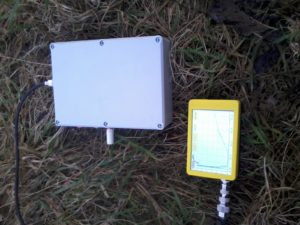
The SWR of the antenna with a transformer switched at 1:1
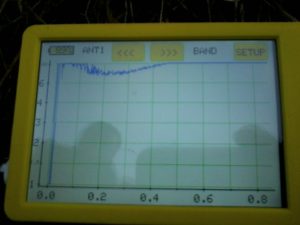
The SWR of the antenna with a transformer switched at 1:4
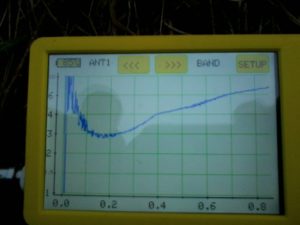
The SWR of the antenna with a transformer switched at 1:9
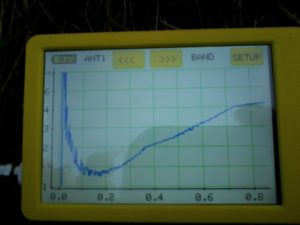
The SWR of the antenna with a transformer switched at 1:16
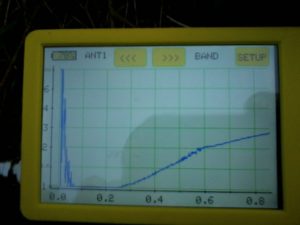
Conclusions:
- The antenna works in 136kHz. Below you’ll find a signal received in Gdańsk (40 km away). I didn’t try WSPR or PSK as I was only equipped with a battery.

- It’s easy to see the bridge’s influence on the antenna’s efficiency. See the SWR graph below of the same antenna with a 1:16 transfromer, but without the bridge.
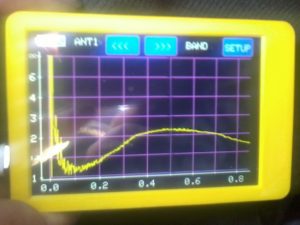
- An antenna spread above ground with low resistance can be used for ham radio.
- This antenna serves well also at HF lower bands. Below you’ll find the antenna working in 3,7MHz and 7MHz. There were no tests at 1,8MHz as all the tests were carried out in the daytime.
More tests soon.
Have a look at my previous tests:
https://klubnl.pl/wpr/index.php/2017/11/26/kolejne-proby-z-antena-dipol-ziemny/
https://klubnl.pl/wpr/index.php/2017/08/01/proby-z-antena-dipol-ziemny-o-dlugosci-okolo-600m/
https://klubnl.pl/wpr/index.php/2017/06/22/proby-z-antena-dipol-ziemny/
